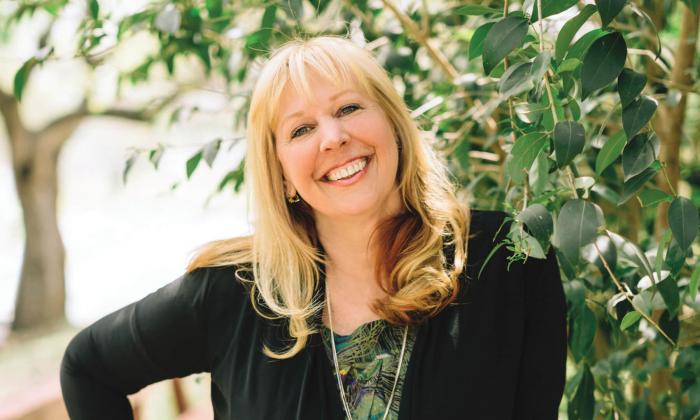An educator of at-risk students for more than 30 years, Principal Debi Christensen works in a Texas school district dedicated to adjudicated youth and those in residential treatment facilities. Her reason for taking on this challenge? She realized some kids were not being given the opportunities all students deserve.
Your colleague mentioned that you are very passionate about human, civil and women’s rights. Would you agree with that?
I see myself as an advocate in the sense that if we’re indifferent to intolerance, then we’re complacent, and that’s just as bad. What I’m looking for is how do we make sure—especially in an educational environment—that kids learn advocacy. We can’t be bystanders in education or in life.
What led you to education?
As I was going through school, I saw that not all kids were included in being brought into the group. Not all kids were being given the educational opportunity that they should have had; they were getting left out. And I thought, “That can’t be. We can’t leave anybody out”—because all kids bring something to the classroom.
Could you tell us a little about your anti-bullying curriculum, Can You Teach a Sneetch?
We wrote the Can You Teach a Sneetch? curriculum with Elliot Dlin of the Dallas Holocaust Museum Center for Education and Tolerance, and we were able to creatively integrate the district’s social studies and language arts curricula in a course that was about not only antibullying but also about not being a bystander. Elliot came to a campus and brought Holocaust artifacts, and the kids were just blown away by it because it was that kind of opportunity that they had never had. We work with kids in residential facilities who have extremely limited opportunities for field trips, so we brought learning to them. Elliot brought some oversized photos. He said, “Here’s a picture of the shoes that were collected from Auschwitz. And here’s another of eyeglasses and rings.” And then he pulled out boxes and put handfuls of rings into the kids’ hands, and he said, “These are the actual rings.” How can you not be in tears? The lesson became a living example that helped students make connections.
How did the students respond to that curriculum?
It opened up their eyes, and there was really good discussion. They talked about things such as, “Is it worse to have a sin of commission or a sin of omission?” and they went back in and found examples from history where they could talk about if somebody did not speak up, is that worse? And so we’ve looked at several examples of bullying where kids had an opportunity to speak up, to be an advocate. It was very interesting to see because I think that the kids discovered the relevance of the message … because who in their life has not been kept out of a group, not chosen first, never seen bullying—either as a bystander or firsthand?
Is there a particular student who has inspired you as an educator?
One of the many students I remember teaching had a difficult time in lecture-based classes. She ended up in several of my English/language arts workshop-based classes one year because she could produce excellent work with individualized projects that offered choice. It was an incredible journey for both of us—I learned as much about teaching as she did about the subject matter. At the end of the year, she wrote a thank-you note on a tiny piece of paper and placed it inside a very small envelope she had created. I still carry that note with me today.
Why do you work with at-risk students?
Every child, including the at-risk child, brings unique gifts to learning. Just because a kid has made a mistake in his life, it’s not a reason to make that mistake a tombstone. It can be a stepping stone. It’s not about judging what has happened but providing students with an opportunity to change direction.
Know an excellent administrator, librarian or counselor we should interview?
Tell us all about them.


0 COMMENTS